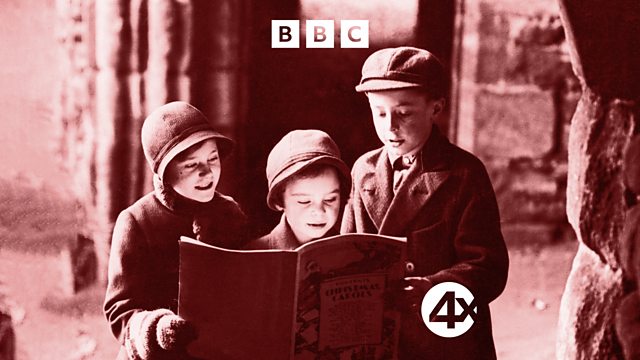8. The Birth of Nine Lessons with Carols
Jeremy Summerly traces the now familiar carol service back to Truro in 1918, courtesy of Bishop Benson. From 2013.
Jeremy Summerly reaches the critical moment at which the 19th century enthusiasm for carols sung in church resulted in a vehicle in which they could take a leading role.
It was developed by Bishop Benson of Truro who, in 1880 found himself holding services in a huge wooden shed while a new cathedral was being built next door.
To celebrate the new diocese and capture the enthusiasm he recognised in the nonconformist tradition of carol singing in Cornwall, Benson developed a narrative service running from Adam's original sin to the birth of Christ and the impact of the word made flesh.
Jeremy visits Truro and then follows Benson's service to the moment in 1918 when a war-wearied Dean of King's College Chapel, Cambridge, Erich Milner-White decided to use the service as part of his college's Christmas celebrations.
The changes he made survive to this day.
The choral conductor and scholar continues his series tracing the history of the Christmas Carol in Britain.
It's a journey full of song describing the history of a people who needed expression for seasonal joy in the coldest, hardest time of the year.
Producer: Tom Alban
First broadcast on 麻豆社 Radio 4 in December 2013.
Last on
More episodes
Previous
Next
Broadcasts
- Wed 18 Dec 2013 13:45麻豆社 Radio 4
- Wed 23 Dec 2015 14:15麻豆社 Radio 4 Extra
- Christmas Eve 2015 02:15麻豆社 Radio 4 Extra
- Wed 20 Dec 2017 14:15麻豆社 Radio 4 Extra
- Thu 21 Dec 2017 02:15麻豆社 Radio 4 Extra
- Wednesday 09:30麻豆社 Radio 4 Extra

